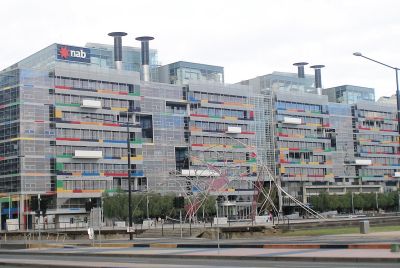Companies Take Longer Time Filling Vacancies, Says Report

Companies that fail to fill job openings within the first month are 57 percent likely to keep the vacancies in the next three months, says the report released by Indeed, a major job-hunting site in the United States. The data gathered suggests that employers should keep a close eye on the time taken to fill the position.
If such position remains vacant after 30 days from its advertisement, it is likely that the employer will struggle to fill the role within the next 90 days. This scenario, according to Paul D’Arcy, Indeed’s senior vice president, will have a negative impact to the business’ productivity such as requiring employees to render overtime work, having moral issues, and resulting in lower quality of output. Ultimately, this will cause a rise in the employment costs.
An estimated 44 percent of job vacancies in the U.S. are filled within 30 days. This figure exhibited an improvement from the last two years’ data — 26.5 percent in 2013 and 27.4 percent in 2014. Of the industries, the accommodation and food sector experienced the most difficulty filling job openings — approximately 43 percent of their advertised vacancies reached the three-month mark. D’Arcy said factors such as geographic location of the employers, unmatched skills set, the number of industries encountering recruitment challenge and higher-growth states contributed to the slow in hiring.
Australia Fares Better
According to Hospitality Magazine, the enterprises in Brisbane fill job vacancies more quickly with only 12.5 percent of job vacancies remain unfilled after three months. Adelaide is behind by .02 with 12.3 percent. In contrast, businesses in Melbourne are taking longer time filling vacancies with a record of 14.4 percent. In Sydney, the rate is 14.4 percent.
In the 2014 Australian Recruitment Practices: A Literature Review of Current Australian Recruitment Practices released by Macquarie University Centre for Workforce Futures, the issue on poor fit between applicants, employees and job requirements — coupled with economic pressures and volatility after the latest global financial crisis — is a serious issue in Australian labour market. The Australian hospitality sector suffers the hardest blow when it comes to skill shortages. Overall however, the Australian government reported a decrease in unemployment rate to 6.3 percent in Feb 2015. The Australian Bureau of Statistics Labour Force recorded 11,652,400 people hired in February 2015. The figure is bolstered by the increase in both part-time and full-time employment.
For comments or feedback on the article, please contact the writer at selivak@ibtimes.com.au.





















